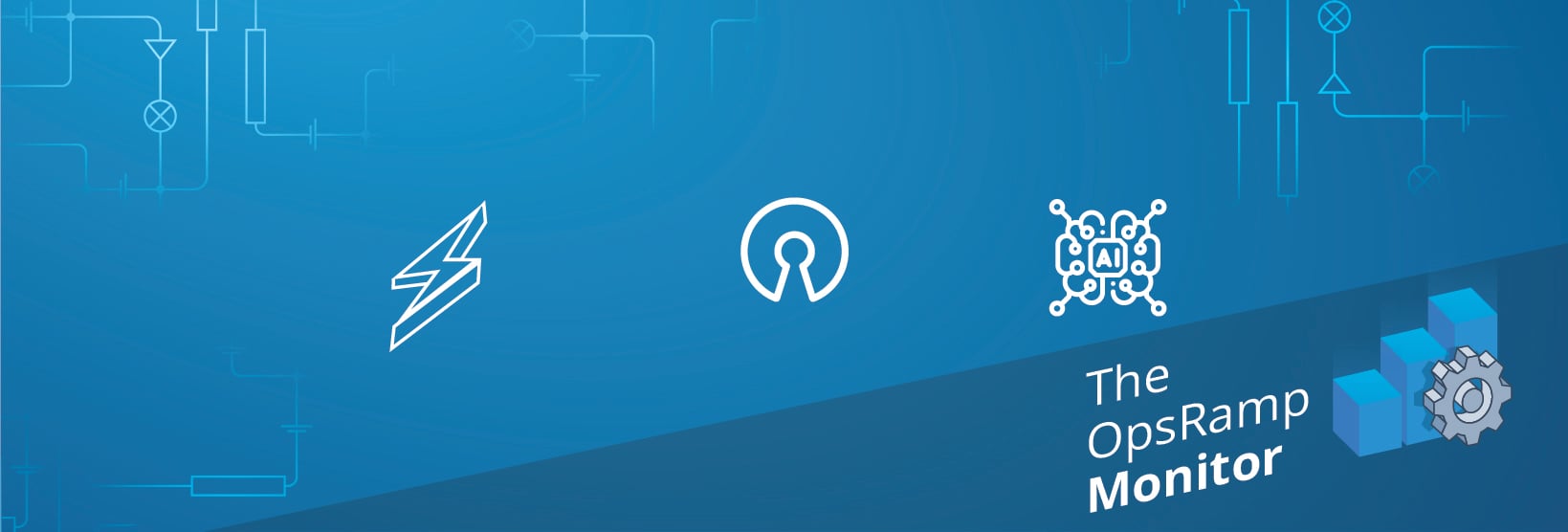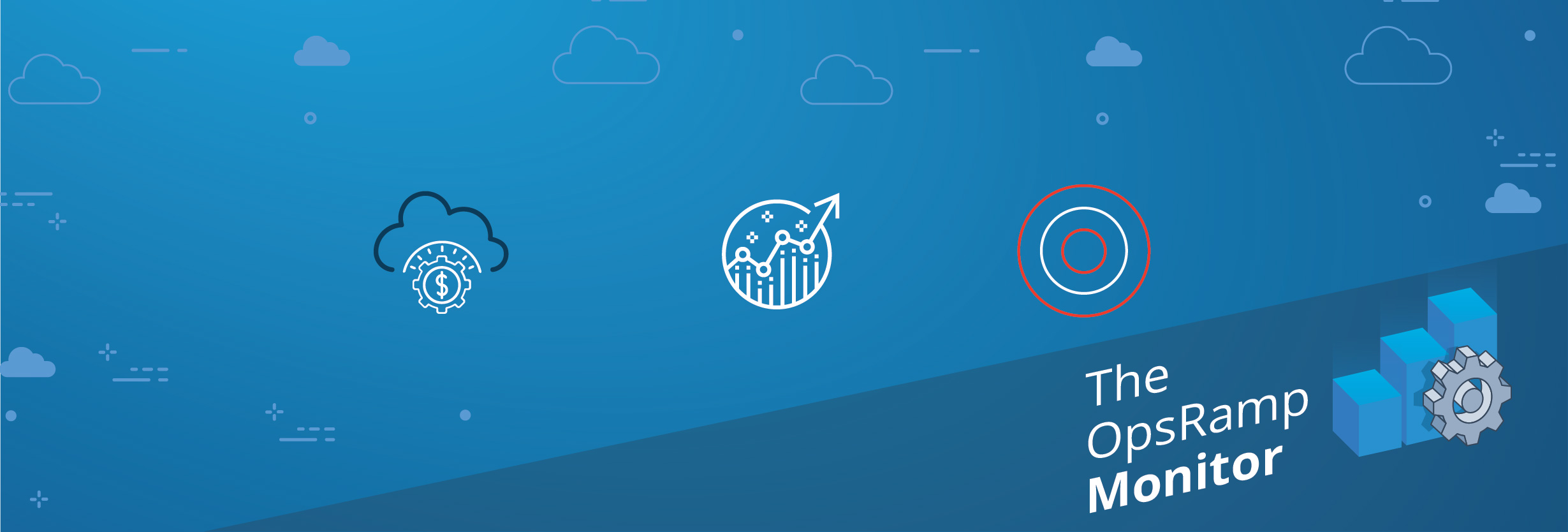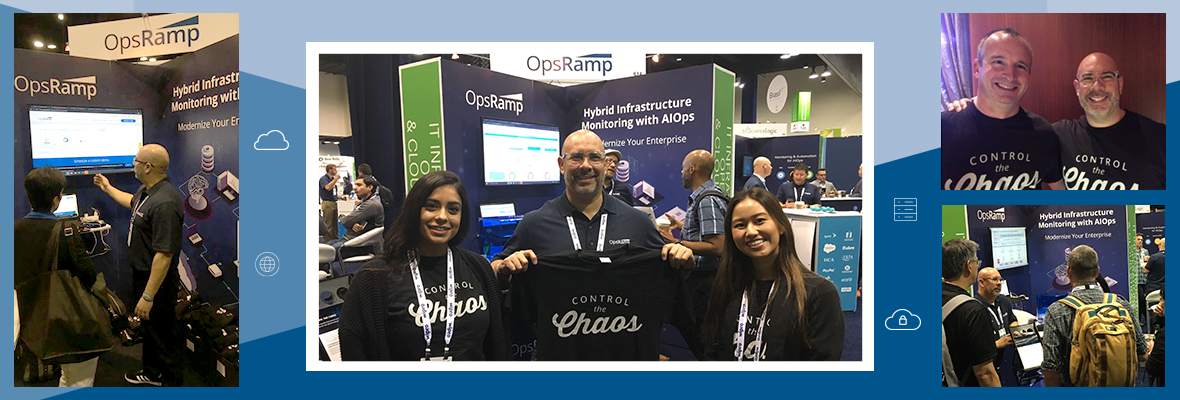Digital transformation is front and center of your CEO’s agenda. Enterprises that don't adopt digital business run the risk of becoming irrelevant. How do IT leaders transition from building scalable, monolithic systems to digital applications which are front and center of the customer experience?
Enter bimodal IT which Gartner defines as “the practice of managing two separate, coherent modes of IT delivery, one focused on stability and the other on agility.” Bimodal is about combining traditional and agile IT practices within the same IT organization. Enterprises operate in both fluid and reliable modes for driving innovation while maintaining stability. IT teams with bimodal competencies will “manage uncertainty and create the agility necessary for digital transformation.”
45% of IT organizations have established bimodal capabilities today. Gartner predicts that 75% of enterprises will build bimodal expertise by 2017. Bimodal transformation offers faster time to delivery while ensuring scalability and stability.
Here are eight reasons for IT executives to go all-in with bimodal IT:
#1 - Drive Business Outcomes
Software is eating the world. Enterprises need to move fast to compete with nimbler startups. Bimodal IT is the recipe for success in disruptive times. Mode 2 IT teams collaborate with the business to deliver creative solutions for business challenges. Mode 1 teams ensure reliable performance and efficiency of your IT operations.
The move from mode 1 to mode 2 can be summed up as a shift from cost-based to opportunity-cost decisions #bimodalIT #twospeedIT
— Dan Griffith (@dangriffithsr) December 10, 2015
#2 - Bring Home Inspiration
Establishing Mode 2 IT teams will allow you to innovate for the highest digital performance. In Mode 2, you can assemble a team of The Crazy Ones “who have no respect for status quo” and “can change the world.” Mode 2 offers a safe house for all your experiments. You can scale up quick wins and shut down unprofitable ideas.
#3 - Assemble Teams Of Samurais and Ninjas
How do you build a company that optimizes for speed while managing for reliability? Bimodal allows you to recruit ninjas who can embrace speed for big hairy audacious goals. Your samurais maintain predictability across your IT environment for a consistent customer experience.
#BimodalIT isn't about #agile or slow - it's about diverging, worthy targets: Samurai master process efficiency while Ninja go for speed.
— Peter Wolter (@heinzmertens) November 17, 2015
#4 - A Growing List of Enterprises Are Bimodal
Companies like GE, Ford, Hunter Douglas Group, and the U.S. Citizenship and Immigration Services have adopted bimodal IT. These enterprises are embracing newer revenue streams with Mode 2 while ensuring zero downtime with Mode 1. Bimodal allows you to experiment with emerging business models while not jeopardizing the core.
GE Digital's CEO. #BiModalIT #unsurprising pic.twitter.com/BgMpZpyFdb
— Kurt Marko (@krmarko) January 14, 2016
#5 - Support Balance And Disruption In Equal Measure
Enterprises can't always wait for optimal stability to launch digital apps for customer needs. With two centers of excellence, your teams can specialize across older, revenue generating applications and newer, disruptive innovations. Building solid talent across Mode 1 and Mode 2 allows enterprises to integrate systems of innovation with systems of record.
#BimodalIT is tech's equivalent to having cake, AND eating it too. https://t.co/M8vicGFRCK pic.twitter.com/bJ3HHf667T
— Alan Burnett (@AlanCorso) January 8, 2016
#6 - Make The Right Investments
IT leaders can make a clear business case for investing in both modes of IT. It's usually easier to ask the business to write a check for Mode 2 high risk, high reward experiments. With an experienced Mode 1 team, you can emphasize the need for investing in predictable IT operations. A robust Mode 1 IT infrastructure will help your Mode 2 experiments be more successful.
#7 - Innovate and Renovate
Although Mode 2 investments might drive all the excitement, at some point, all Mode 2 experiments will need to be stable. That's when your Mode 1 team will invest energy in optimizing Mode 2 IT for a superior customer experience. Without a great Mode 1 team, the foundation of your IT infrastructure will always be vulnerable.
#8 - Hire The Right Talent
Structuring your IT organization into bimodal teams will help you attract the right hires for the right role. CIOs can hire experienced practitioners for Mode 1 and disruptive innovators for Mode 2. You will be able to draw employees who can “move fast and break things” as well those who can “build to last”.
CIOs can’t transform their org. into a #digital startup, but they can turn it into a #bimodalIT org. - @PeterSonderg pic.twitter.com/io7kQM13OT
— Thomas Daubigny (@tdaubign) February 2, 2016






